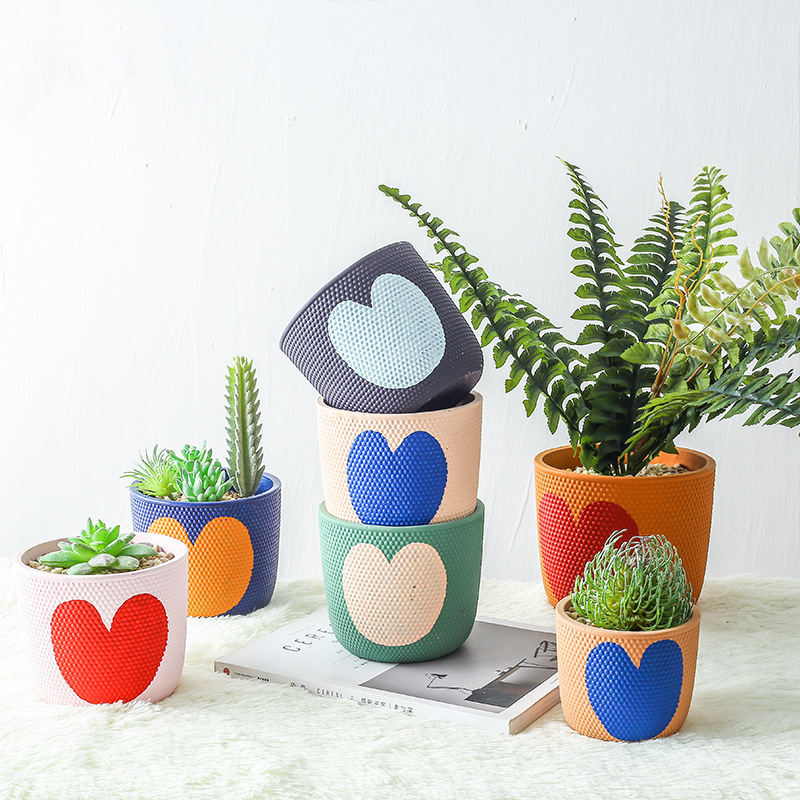Beyond home gardening, plastic plant pots play a pivotal role in commercial horticulture, contributing to efficient and sustainable plant production on a larger scale.
One key advantage of plastic pots is their cost-effectiveness. For commercial growers, the affordability of plastic pots compared to other materials allows for more plants to be produced within budget constraints.
The uniformity of plastic pots also aids in automation. Many commercial nurseries utilize automated systems for tasks like watering, fertilization, and even potting. The consistent size and shape of plastic pots facilitate the seamless integration of these processes.
Additionally, plastic pots are favored for their transportability. They are lightweight and stackable, optimizing space during transportation and storage. This is especially beneficial when plants need to be shipped over long distances.
Plastic pots are also compatible with various growing methods, including hydroponics and greenhouse cultivation. Their moisture retention properties and compatibility with irrigation systems make them an essential component of efficient and controlled plant growth.
However, in commercial settings, waste can become a concern. Some nurseries have embraced recycling programs, collecting used plastic pots for repurposing or responsible disposal. Innovations in biodegradable plastics are also being explored to address the environmental impact.
In conclusion, plastic plant pots are indispensable tools in commercial horticulture. Their cost-effectiveness, uniformity, transportability, and compatibility with automation contribute to streamlined plant production. While challenges related to waste persist, the industry’s commitment to innovation and sustainability continues to shape the role of plastic pots in commercial growing practices.







